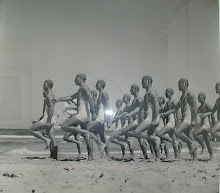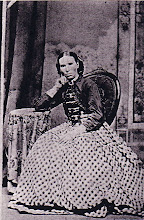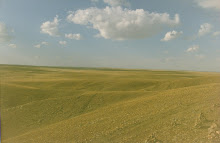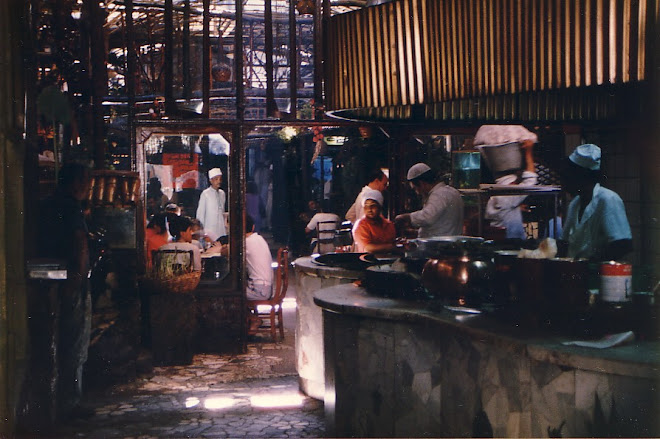Samuel Pepys (1633-1703) - Diarist
I've periodically kept diaries - at turbulent periods of my life, often when I'm traveling, if I'm bored and need a regular daily fill-in activity, ... . The great thing about them is you can chose to have no censorship at all on what you put down. Or a bit. Or a lot. And I guess the choice depends on whether you imagine someone else will ever read it or not.
Re-reading my earlier diaries, I find I sometimes 'say it how it is'. And then at other times I construct myself and what I've done in ways acceptable/attractive to others. Or, alternatively, construct my ideal of myself and my doings. Later in life, Christopher Isherwood got a lot of literary mileage out of unraveling the fictional transformations of himself and his history in his earlier novels. In 'Christopher and his Kind', the transformations in 'I Am A Camera', which later became the film 'Cabaret'.
Samuel Pepys (1633-1703) was the Chief Secretary to the Admiralty under James II. But his fame rests of the diary he kept between 1660 and 1669. He had a clear eye on himself and wanted to be quite frank about what he saw and did. And circumnavigated any problems that might arise out of 'dangerous' bits being read by using a code, or by writing in a variety of foreign languages.

He wrote about momentous events such as the Great Fire of London and the Plague of 1665.
But also about the day-to-day personal stuff of living in the C17: new activities (tea drinking), the gifting second-hand shoes, solutions to marital fighting, the relative efficacy of wax as opposed to tallow candles.
To the office, where Sir W Batten, Collonel Slingsby, and I sat a while; ... And afterwards did send for a Cupp of Tee (a China drink) of which I never had drank before) and went away. [1660, September 25]
This day, not for want but for good husbandry, I sent my father by his desire, six pair of my old shoes, which fit him and are good; yet methought it was a thing against my mind to have him wear my old things. [1667, December 5]
... and then home to dinner, where my wife and I had a small squabble; but I first this day tried the effect of my silence and not provoking her when she is an ill humour, and do find it very good, for it prevents its coming to that height on both sides, which used to exceed what was fit between us. So she became calm by and by .... [1668, March 27]
This night I begun to burn wax candles in my closet at the office, to try the charge and to see whether the smoke offends like that of tallow candles. [1664, December 15]
And recorded much more personal things: his infidelities, dog shit surprises, farting, his son's propensity for stealing ...
Thence after dinner I to White-hall with Sir W Berkely in his coach. And so I walked to Herberts and there spent a little time avec la mosa, sin hazer algo con ella que kiss and tocar ses mamelles, hazer la que me hazacosa a mi mismo con gran plaisir. (spent a little time with the beautiful one, making love with her to kiss and touch her breasts which made me do the thing [orgasm] with great pleasure) [1665, 20 June]
I went [to accompany the King to the shore] ... with a dog that the King loved (which shit in the boat, which made us laugh and me think that a King and all that belong to him are but just as others are) ... [1660, May 25]
And finding myself beginning to be troubled with wind, as I used to be, and with pain in making water, I took a couple of pills that I had by me of MrHollyards. [1663, October 6]
Before I went to the office my wife and I examined my boy Will about his stealing of things, as we doubted yesterday; but he denied all with the greatest subtlety and confidence in the world.... [1660, August 29]
I particularly like the next extract - it contains the collected round-the-dinner-party-table advice for ensuring pregnancy.
At noon to Anth. Joyces to our gossips dinner; I had sent a dozen and a half of bottles of wine thither and paid my double share besides, which is 18s. Very merry we were, and when the women were merry and ris from the table, I above with them, ne'er a man but I; I begin discourse of my not getting of children and prayed them to give me their opinions and advice; and they freely and merrily did give me these ten among them.
1. Do not hug my wife too hard nor too much
2. Eat no late suppers
3. Drink juyce of sage.
4. Tent and toast
5. Wear cool Holland-drawers
6. Keep stomach warm and back cool
7. Upon my query whether it was best to do at night or morn, they answered me
neither one nor other, but when we have most mind to it
8. Wife not to go too straight-laced
9. Myself to drink Mum and sugar
10. Mrs Ward did give me to change my plat
2. Eat no late suppers
3. Drink juyce of sage.
4. Tent and toast
5. Wear cool Holland-drawers
6. Keep stomach warm and back cool
7. Upon my query whether it was best to do at night or morn, they answered me
neither one nor other, but when we have most mind to it
8. Wife not to go too straight-laced
9. Myself to drink Mum and sugar
10. Mrs Ward did give me to change my plat
The 3rd, 4th, 6th, 7th and 10th they all did seriously declare and lay much stress upon them, as rules fit to be observed indeed, and especially the last: to lie with our heads where our heels do, or at least to make the bed high at feet and low at head. [1664, July 16]
A fun read, even today!


















































![C18 Bronze Buddha [Southern China]](https://blogger.googleusercontent.com/img/b/R29vZ2xl/AVvXsEioLkgVKuhDoIHQgM1X6Oe2hGn75yqaj4OJXPmNpumXmQPKxB22S57YS5DVrl1P7zl7BS6EFpAtaNZPze7gzVCRiQI54bwdHhVa4fGr7NOChZwTZoo92gUen6tC5U8gWIy_pv92U0FB38M/s1600/Buddha+%255BBronze%252C+C18%252C+China%255D+1.jpg)




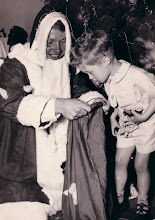







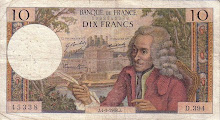
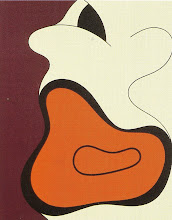+1998+Cropped.jpg)

